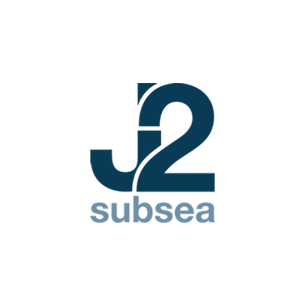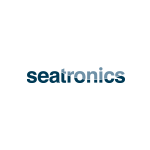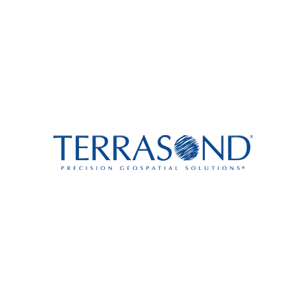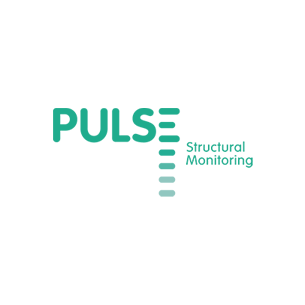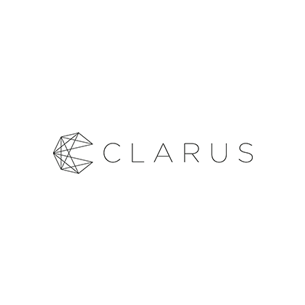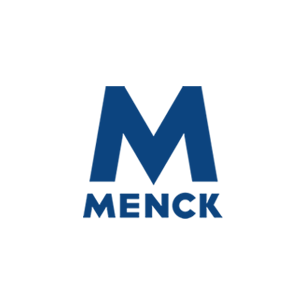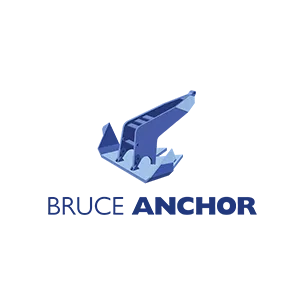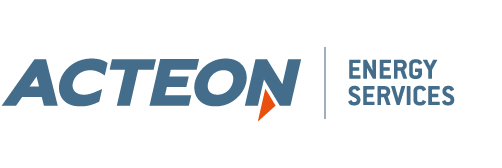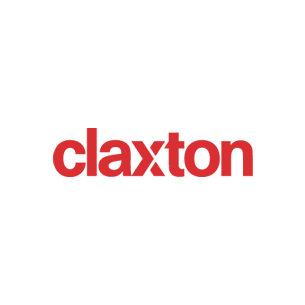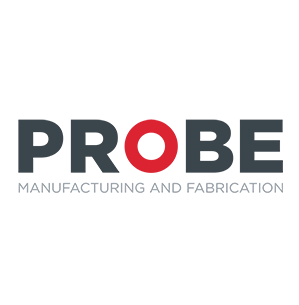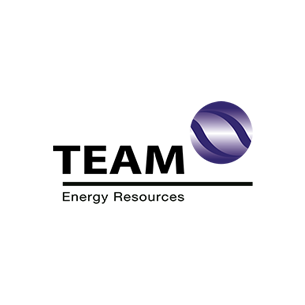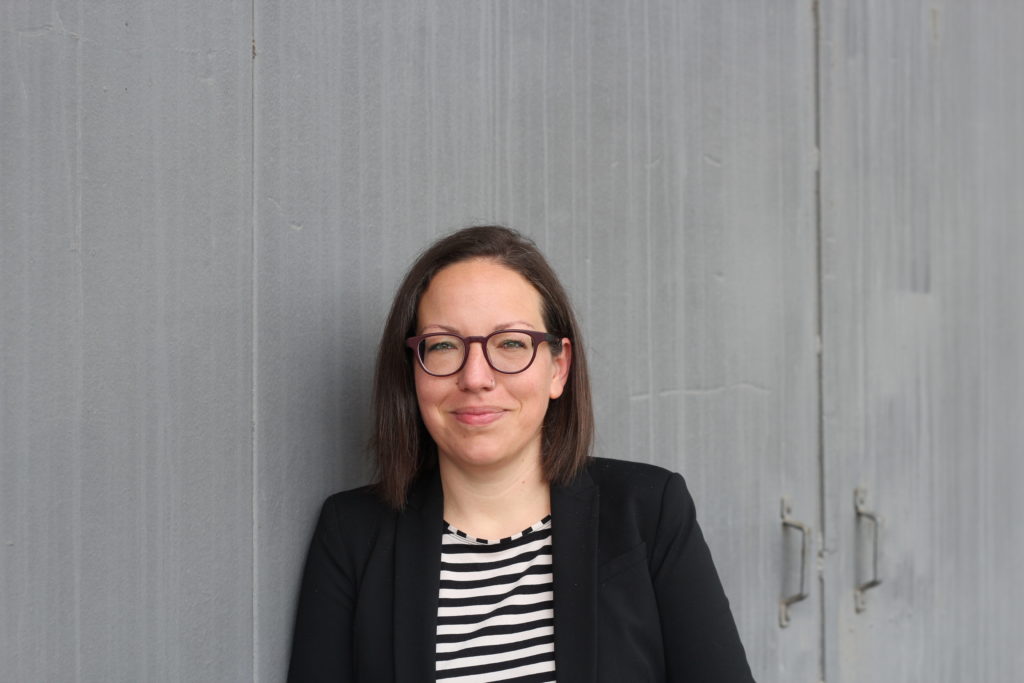Q. Tell us about a challenging geotechnical project you have worked on where an innovative solution was required
A. From a geotechnical point of view, the greatest challenge I am currently facing is conducting the most reliable drivability assessment. To predict the soil resistance during driving I currently use standard prediction methods, which include suggestions on what quake and damping values should be used for the wave equation analyses, that were developed either for much more slender piles and/or were developed for regional soil conditions. At times these prediction methods reach their limits or suggestions for further input values are contradictive and I have to work around these issues and find a solution. It is, therefore, crucial for me to keep myself updated with new findings and use my network of fellow geotechnical engineers, from other Acteon companies and customers, to discuss problems and new approaches. This has allowed me to form collaborative working relationships with customers and maintain an open dialogue about addressing challenging project situations. Internally, Acteon companies are working together on market research for programmes we can use in the future to help with our solution developments.
Q. How can data be used to enhance renewable installation operations for customers?
A. We collect large amounts of driving data during each pile driving project which covers the hammer operation and the pile installation process. I can use the driving records for back-analyses to check how precise my predictions were and can verify the prediction method, the input, or the analysis approach I used, and gain experience on how to address other projects. Conducting back-analyses is a time-consuming procedure, but I see great potential for automated data processing in the future.
Looking to the future, more readily available pile measurements would give better insight into how much energy is transferred to the pile and would allow us to validate our theoretical calculations. Pile measurements are a standard method but can be time-consuming and costly. The data then needs to be analysed by a specialist, which is a capability we have in Acteon through our Geo-services segment. These measurements provide useful information on quake and damping values for wave equation analyses.
Q. What is being done to reduce carbon emissions and limit the impact on the environment on projects you are involved with?
A. One of the major impacts on the environment during pile driving is noise emission. Several countries, for example, Germany, have strict limits on the peak noise level as well as on the allowable installation time per pile for offshore wind projects. MENCK has developed the Noise Reduction Unit (MNRU) to address the issue of noise emission. The MNRU is installed between ram and anvil and changes the characteristic of force transfer in such a way that noise emission is reduced significantly while still providing enough energy to advance the pile to final penetration in most cases.
Find out more about Acteon’s solution to acoustic pollution in this blog.
Q. What advice would you give to customers to help them optimise operations, plan and make time and efficiency savings where possible?
A. We always recommend contacting us as early as possible to allow us to plan and provide a solution to save time, money and minimise interfaces for the customer. To ensure smooth operations, customers need to provide us with full and thorough information on pile design, soil data and all other necessary project information in an accessible format. Clear requests and meaningful data will allow us to work most efficiently and return with the most reliable results in the shortest time frame possible.
A day in the life of a Geotechnical Project Engineer
Q. What does your day-to-day role involve?
A. Supporting customers and colleagues regarding all things geotechnical. This can be anything from questions around which hammer is best for a project, to early-stage business development conversations with potential customers. I review the data sent to us from, extract the data I need for my analyses, process numbers in our wave equation (drivability analyses software) and write reports which are then sent out to our customers. I work in collaboration with my colleagues from sales, project management and engineering.
Q. How did you get into this career path?
A. I slipped into this career by chance; it all started when I enrolled for my studies of Geology at the University of Kiel because I wasn’t sure what to study. Soon after starting, I realised I liked the applied side of geology and focused on all things geotechnical during my time there. After graduating with a Diploma in Geology, I decided to gain experience on the job when I landed the role of a geotechnical engineer at MENCK five years ago. Before enrolling at University, I didn’t know that I was passionate about contributing to offshore renewables but now I know that working in this field is right for me.
Q. What advice would you give to the next generation of engineers?
A. Firstly, it is important to be open to new ideas and technology. The geotechnical sector of the renewables industry is fast-paced, so it is beneficial to keep abreast of the latest developments through on-the-job learning, professional development, and networking. This leads me to the second piece of advice I would give and that is that networking is key to success in this industry; the benefits are endless; from potential projects to knowledge exchange to cooperation, everything is easier with a reliable network of like-minded professionals. From a competency point of view, I would recommend that aspiring geotechnical engineers learn how to code programming languages for their specific engineering field, for example, Python. You will certainly profit from this knowledge at some point in your career.

Marine foundations brochure
Download our marine foundations brochure to see how Acteon applies decades of experience to provide foundations services for marine energy assets.

